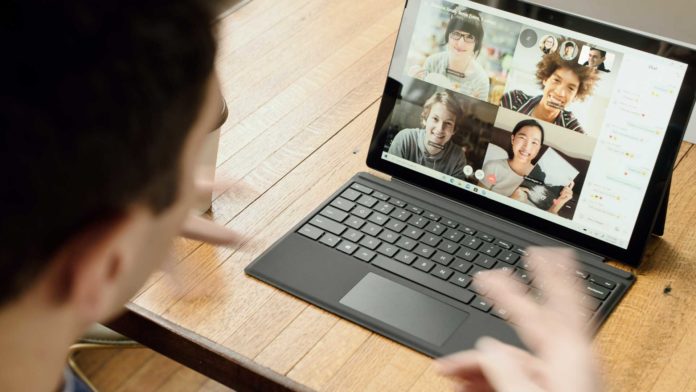Even before the COVID-19, video conferencing and screen sharing applications gained popularity over the last 10 years or so.
However, when COVID-19 came, we got the final push and were obligated to adopt the new technologies. This is an opportunity for people in IT who are responsible for providing and maintaining video conferencing systems to get ahead of the next wave of video adoption.
IT teams may utilize the time spent working from home to concentrate on the following:
- Preparedness for operations
- Budgets and new technological needs
- Tools for managing devices from afar
Updates & Other Operational Needs
With the bulk of the workers at home, now is an excellent opportunity to ensure conference room equipment and systems are up to date, including video conferencing device software and firmware updates.
This is also an excellent time to review security rules and procedures for protecting video meetings (and shared information) from unwanted visitors.
More Planning & Budget
Business customers will need new hardware tools to meet their video requirements as they transition from phone to video and make videoconferencing their primary method of communication. This may include switching from desktops to laptops or updating laptops.
Users are likely to purchase cameras, headphones, and other accessories to enhance their videoconferencing experience for themselves and others after realizing how unpredictable lighting and noise levels may be in a typical home office.
Changes like this, of course, may have an effect on IT expenditures. This is an excellent opportunity to review the IT budget and see if priorities need to be changed before stay-at-home orders are removed for government agencies and businesses. However, every company should examine the consequences of the rapid use of video and ensure their budgets reflect this fact.
Remote App & Device Management Software
The use of a remote device-management solution becomes more valuable as the number of conference rooms and devices in your company increases. These apps make it simple to set up and manage conference rooms, devices, and software. They let you deliver product updates and bug fixes to ensure that systems and rooms are up to date and functional.
Of course, these activities may be completed from afar, reducing the need for on-site visits. A remote device-management solution may also offer helpful information on parameters like room usage. This information may help with meeting scheduling and hardware supply.
List Of Your Best Practices
Last but not least, make sure you’re documenting the actions you’re doing to video-enable your company. This move reflects an acceleration of current efforts for many businesses. In light of shifting objectives and increasing video usage, you may need to explain budget demands. Giving management insight into your job may help you meet your budget goals.
Adapt To Both A Temporary & Permanent Setting
There’s no denying that recent global events have increased the trend of working from home and remotely. While we understand that current stay-at-home orders will change as the situation changes, we should not anticipate returning to normal. It seems that less business travel, more video conferencing, and more remote work will be the norm.
IT administrators would be wise to take a proactive stance in this scenario and prepare for a bigger wave of video conferencing and adoption. As a result, you’ll be able to fulfil user requirements while reducing support inquiries and problem reports.












